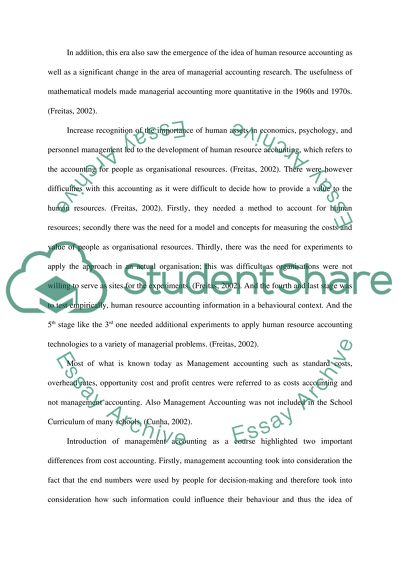Cite this document
(Evolution of Management Accounting Research Paper - 1, n.d.)
Evolution of Management Accounting Research Paper - 1. Retrieved from https://studentshare.org/finance-accounting/1519423-management-accounting
Evolution of Management Accounting Research Paper - 1. Retrieved from https://studentshare.org/finance-accounting/1519423-management-accounting
(Evolution of Management Accounting Research Paper - 1)
Evolution of Management Accounting Research Paper - 1. https://studentshare.org/finance-accounting/1519423-management-accounting.
Evolution of Management Accounting Research Paper - 1. https://studentshare.org/finance-accounting/1519423-management-accounting.
“Evolution of Management Accounting Research Paper - 1”, n.d. https://studentshare.org/finance-accounting/1519423-management-accounting.


